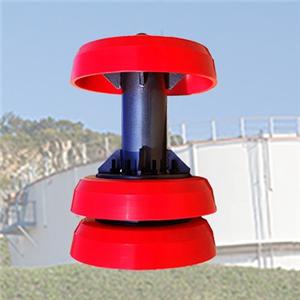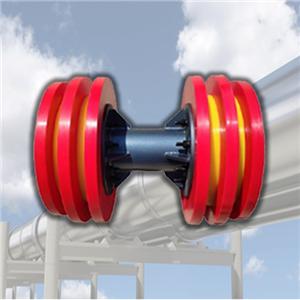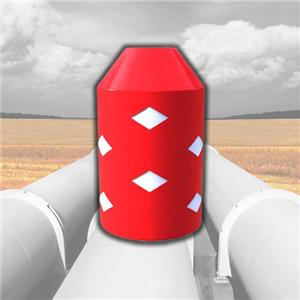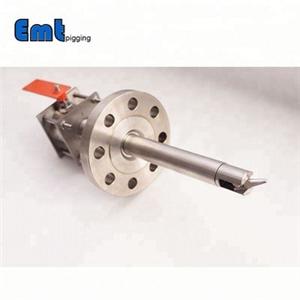Introduction to Gas Pipeline Pig!
Introduction to Gas Pipeline Pig
Gas pipeline pig is specialized devices developed for the pipeline industry with the primary purpose of performing maintenance and inspection tasks within the pipeline. The term “pig” is an acronym that stands for Pipeline Inspection Gauge, and these devices have been a cornerstone in the pipeline industry for years, being used in various applications, from oil and gas to chemical and water pipelines.
These cylindrical devices are designed to fit inside the pipe, and once inserted, they move along the length of the pipeline, driven by the flow of gas. Their usage extends across the globe, wherever there is a network of pipelines transporting gas from extraction sites to processing facilities and ultimately, to the consumers.
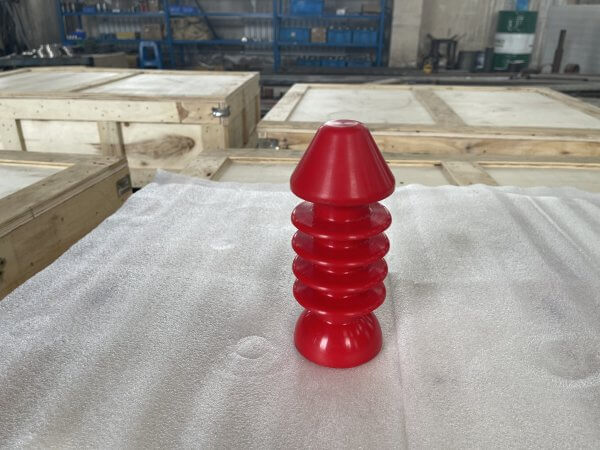
The operation of a gas pipeline pig is relatively straightforward. Once launched into the pipeline through a specially designed launching station, the pig moves along with the gas flow. Then the pressure differential across it that the moving gas creates is the only factor affecting the pig’s forward motion.
As the pig travels through the pipeline, it performs various tasks depending on its type and the purpose of the pigging operation. The most common task is also cleaning, where the pig removes debris, scale, rust, and other build-ups from the internal walls of the pipeline. By lowering the flow resistance these deposits cause, this cleaning procedure is essential for maintaining gas transmission efficiency.

